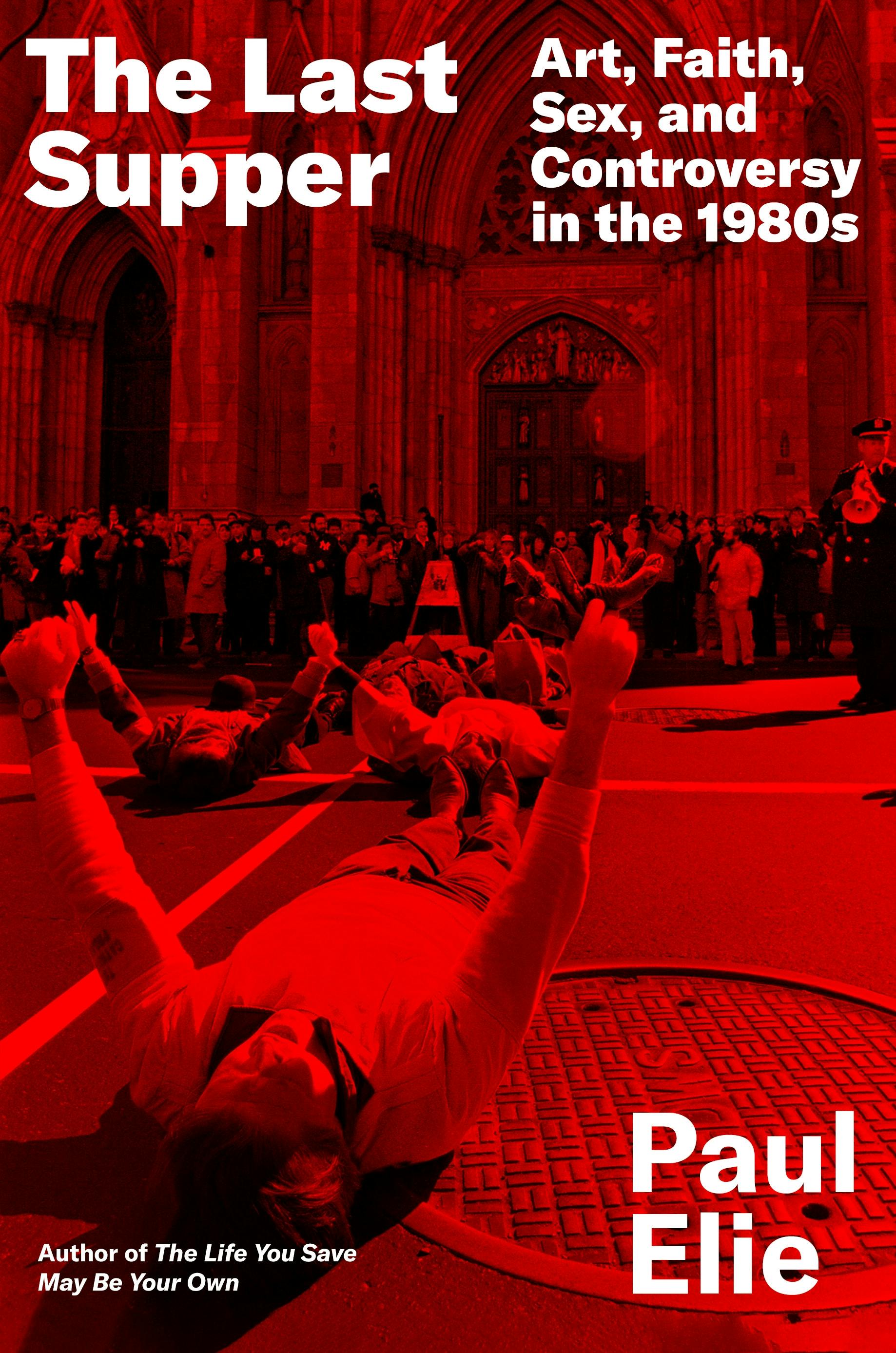Elie’s filter for sifting through the cultural record of the ’80s is a concept he borrows from Czesław Miłosz, the idea of the “crypto-religious.” A nonbeliever himself, Miłosz used the term specifically in the context of a Polish Catholicism struggling to accommodate itself to communist rule. Elie expands the term’s meaning and its reach considerably, writing that “crypto-religious art is work that incorporates religious words and images and motifs but expresses something other than conventional belief.” Thus Bach’s St. Mathew Passion is unambiguously religious, as are some of Messiaen’s compositions, while Leonard Bernstein’s eclectic Mass, say, is crypto-religious. It is at once a capacious and a slippery idea, a wide net with a fine mesh that draws in more artists and artifacts than some readers may feel comfortable with. One question that shadows the book is whether a concept forged in a deeply Catholic country under the yoke of Communism can easily be deployed to interpret the anything-goes culture of these United States.
Elie’s thesis, or organizing principle, is that in the ’80s, writers, musicians, photographers, painters, and filmmakers he examines were uniquely engaged with the intersection of matters of faith and of art in ways that were personal and profound and inevitably controversial. A new kind of crossroads then, in many ways as bloody (or at least as bloody-minded) as the famous earlier one where literature and politics met. His critical model is the Greil Marcus of Mystery Train and Lipstick Traces, putting his phenomena under pressure until they yield up “a kind of secret history” not previously acknowledged or understood. The right-wing media entrepreneur Andrew Breitbart was probably far from Paul Elie’s mind as he composed The Last Supper, but I picked up more than a few lipstick traces of his famous observation that politics is downstream from culture in the book. There is little strictly political material in The Last Supper, but Elie’s sympathies and the broader implications of his handling of cultural material are hard to miss. He concurs with many other observers that since the ’80s, we’ve been living in a “post-secular age,” where the boundaries that used to demarcate religion from politics and from art have collapsed, leaving us to inhabit a world of chaos and endless controversy.
